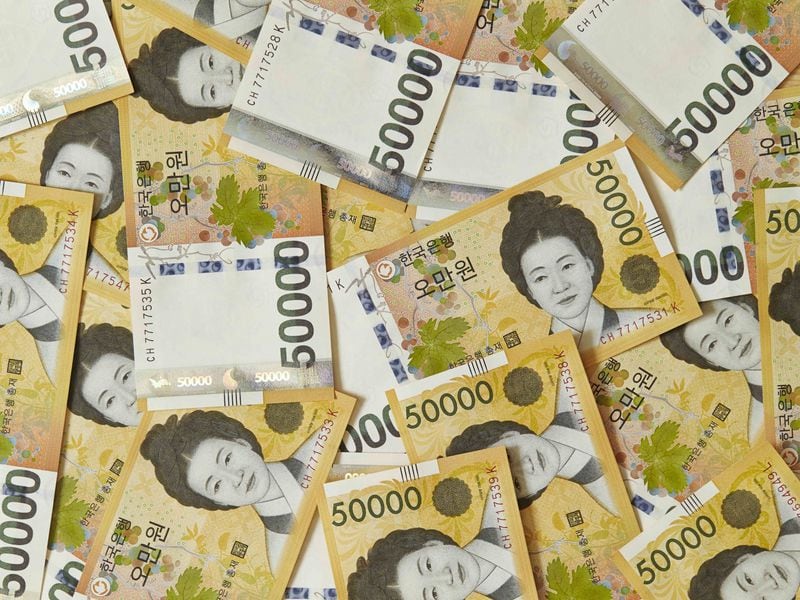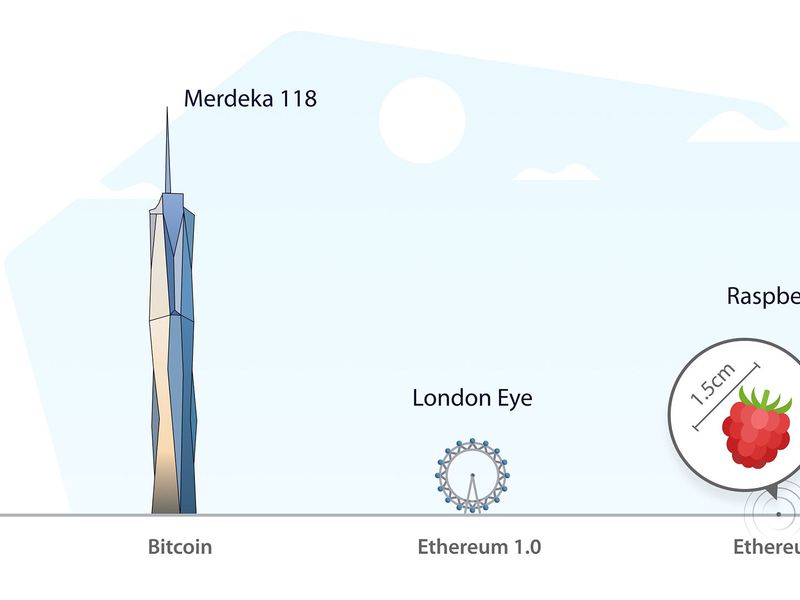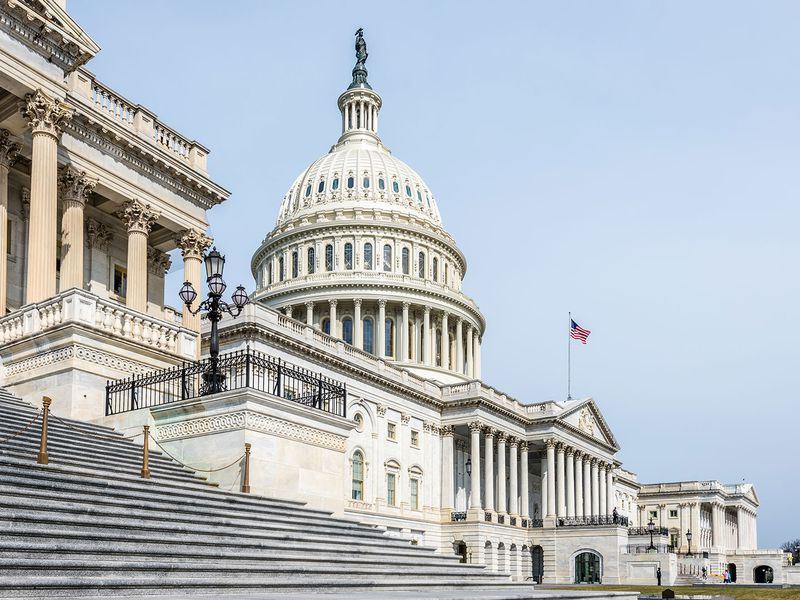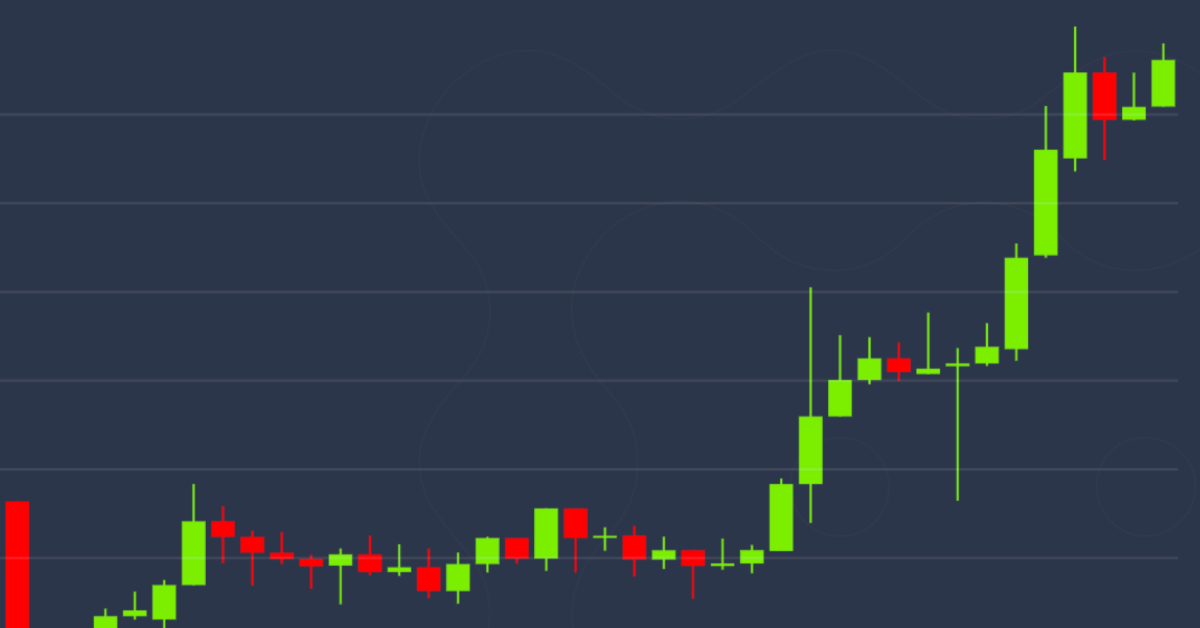China Never Completely Banned Crypto
Despite countless Western media outlets describing China’s crypto “ban,” crypto trade is very much alive on mainland China. In just one month last year, Binance reportedly did $90 billion in Chinese crypto trade, making China the largest market for the world’s largest exchange.
How is this possible? It’s tempting to turn this into a story about the power of decentralized money to elude government control, and there is certainly some truth in that. But that’s only part of the story. Crypto hasn’t disappeared in China because crypto isn’t completely banned there.
This is very different from the impression you’d get from Western media outlets, which commonly refer to China’s crypto ban or its ban of crypto trade. There are too many examples to list here – just do a basic search of those terms to see what I mean. Yet when I asked several Chinese industry insiders if they thought it was accurate to say that crypto is banned in China, the answer was overwhelmingly no. Their general understanding was that it’s not illegal for individuals to hold or trade crypto, but their activities would not be protected by law.
This interpretation isn’t limited to informal conversations. An article written by authors from a court in Fujian province notes that “administrative laws and policies do not completely prohibit virtual currency transactions.” A Chinese law firm published a detailed post on the topic that says, “currently, our country has no laws or administrative regulations prohibiting Bitcoin trading activities.”
Reading between the lines
It’s not hard to understand why many assume that crypto is fully banned in China. Chinese authorities have clearly cracked down on the crypto industry, and there are many crypto-related activities that are indeed not allowed.
But in China, what is not said often takes on a special importance. People tend to pay attention to what is not explicitly restricted. Then they find room to maneuver in those relatively blank spaces.
In China, you need to look not just at what the rules say, but at how people interpret them
So let’s just take a moment to go through some of the more well-known crypto crackdowns and what they actually said. In 2013, China restricted financial and payment institutions’ involvement with Bitcoin. In 2017 China famously banned initial coin offerings, or ICOs. China also made clear that virtual currency exchanges were no longer welcome to openly operate there. Before the 2017 crackdown, China was the dominant player in bitcoin volume. The crackdown did not stamp out mainland crypto trade, but it certainly pushed it into a gray area. BTCC, China’s longest running Bitcoin exchange, closed down its mainland Chinese trading operation in 2017.
An even more extensive crackdown came in 2021. This document, signed by 10 Chinese official bodies, has a wide range of restrictions. It says that virtual currency does not have the same legal status as fiat currency. In other words, Bitcoin is not legal tender. It says that virtual currency-related business activities are considered to be illegal financial activities. Exchange businesses should not act as central counterparties to buy and sell virtual currencies, and it is illegal for overseas virtual currency exchanges to provide services to Chinese residents through the Internet. There is other restrictive language as well.
In 2021 China also cracked down hard on domestic crypto mining. But, even amid all these restrictions, there are notable gaps. The 2021 regulations, for example, do not appear to restrict people from holding cryptocurrency. Nor do they appear to restrict peer-to-peer trading between individuals.
Another important passage in the 2021 document perhaps sheds more light on China’s official attitude toward crypto. The passage describes the legal risks involved in participating in virtual currency investment and trading activities. It notes that if someone invests in virtual currencies and violates public order and good morals, the relevant civil legal actions are invalid, and the resulting losses are borne by individuals.
In other words, if you lose your life savings on some meme coin, don’t go crying to the government about it. Individual crypto activities are not necessarily protected by law, but that’s not the same thing as being banned.
Social stability
The above passages may look like splitting hairs. One might argue that Chinese regulations make it so difficult to trade crypto that it amounts to an effective ban. But in order to understand the real situation, you have to look not just at the rules themselves, but at how the rules are – or not – being enforced.
It’s no secret that China’s crypto crackdown did not stop crypto trade. Chinese traders got a net $86 billion from crypto activity between July 2022 and June 2023, according to Chainalysis. In some cases, people continued to use accounts that they had opened on overseas exchanges. Sometimes they needed a virtual private network, sometimes they did not. Peer-to-peer trading via social media apps like WeChat or Telegram has also been possible. There are stories of people setting up companies abroad through intermediaries, and then using that overseas company to complete institutional know-your-customer (KYC) identification on crypto exchanges.
It’s notoriously difficult for a government to contain a decentralized currency like Bitcoin. But the common Western media narrative — that people are furtively trading crypto behind the backs of Chinese authorities – is not quite right. Put another way: If Binance was doing $90 billion of trade in China, Chinese authorities probably knew something about it. In fact, that same WSJ article noted that local law enforcement worked closely with Binance to identify criminal activity among the exchange’s more than 900,000 active users. After checking online crypto exchanges and interviewing retail investors, Reuters found that “access to bitcoin isn’t that difficult on the mainland.”
The fact that so much crypto trade survived the “ban” suggests that China never intended to wipe crypto off the map. Instead, the main goal was to raise the barrier to entry. In this sense, the new rules were extremely effective. Making trade more inconvenient helps prevent crypto from reaching masses of unsophisticated investors. The last thing Beijing wants is for those same investors to take to the streets to protest their losses. It all comes down to one of the key principles in Chinese policy: Preserving social stability.
China has reason to be wary of crypto. It doesn’t want people to use it to evade its capital controls, for example. At the same time, China has long embraced the potential of blockchain technology, and Beijing even issued a Web3 white paper. The country has ambitious plans for its central bank digital currency. It is possible that authorities want to keep the door slightly open to crypto itself, just in case.
That theory would help explain what’s happening in Hong Kong. The city has made very public steps to establish itself as a digital asset hub of Asia, if not the world. Hong Kong and China operate as “one country, two systems,” and Hong Kong’s relatively welcoming stance toward crypto has at least some degree of approval from Beijing. Letting crypto thrive in Hong Kong, if not the mainland, is a way for China to stay in the game while mitigating the risks.
In China, you need to look not just at what the rules say, but at how people interpret them. Referring to China’s policy as a blanket crypto ban oversimplifies the situation in one of the most important markets in the world.
Edited by Benjamin Schiller and Marc Hochstein.









